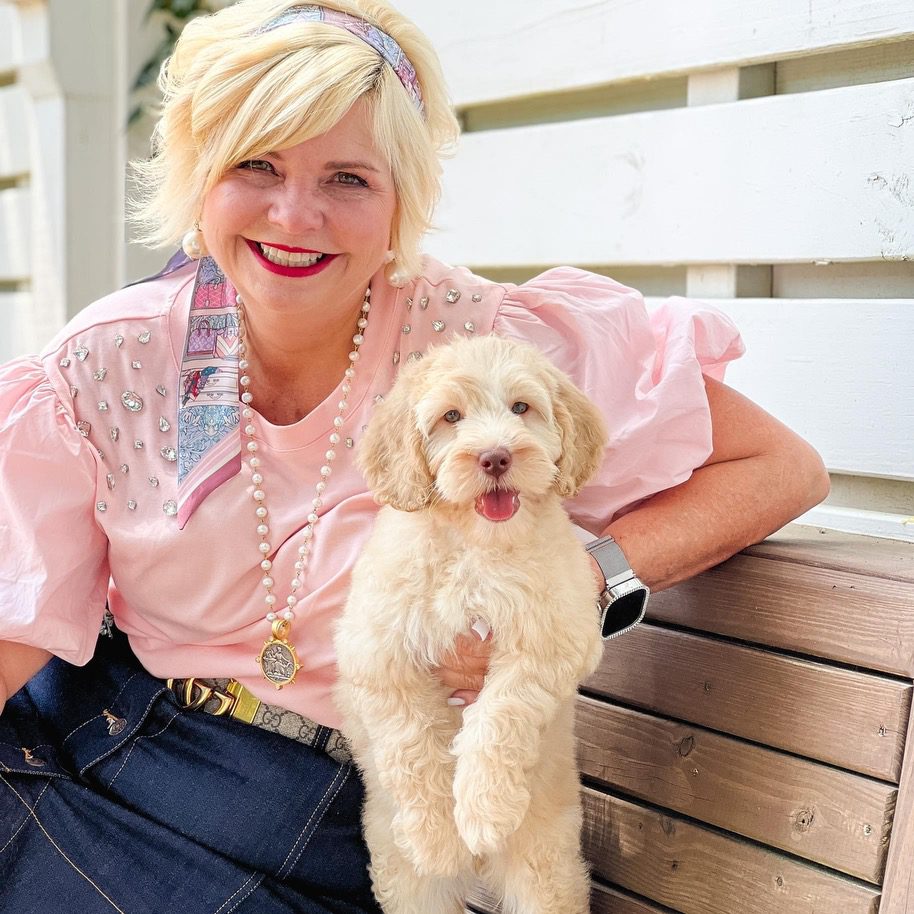Have you ever felt like your dog was trying to tell you something? The truth is, our furry friends are always “speaking” to us – we just have to know how to listen! Dogs communicate in unique ways that, with a little attention, can reveal how they feel, what they need, and sometimes even what they’re thinking. In this blog, let’s dive into the fascinating world of dog language, explore the intelligence levels of our dogs, and find out what “age” we might compare them to on a human scale. Whether your dog is still a wiggly puppy or a wise old soul, there’s a lot to learn from your four-legged friend! 🐶💬

What Is “Dog Speak”? 🗣️🐕
Dogs don’t use words, but they “speak” through body language, facial expressions, sounds, and behaviors. From a wagging tail to a certain bark, every action has a meaning. Dogs are keen observers, and they’re great at using their “dog speak” to communicate with us. The trick is to understand what they’re saying. When you start to pay close attention, you’ll realize that your dog’s gestures and sounds aren’t just random – they’re trying to connect with you! 🐾❤️
Listening to Your Dog: How Dogs Communicate with Us 🐾👂
Each dog has a unique personality and way of communicating. Here are some common ways that dogs “talk” to us:
1. Tail Wagging: The way a dog wags its tail can say a lot. A loose, happy wag usually means excitement or friendliness, while a slow wag might mean your dog is feeling cautious or uncertain.
2. Barks and Whines: Dogs have a variety of barks and whines, each with its own meaning. A high-pitched, excited bark might say, “I’m so happy you’re here!” while a soft whine can be a sign of discomfort or a gentle request for attention.
3. Facial Expressions: Just like us, dogs have expressive faces. Raised eyebrows, a relaxed mouth, or a tilted head are often signs that they’re engaged and paying attention to you.
4. Pawing and Nudging: When your dog paws at you or nudges you with their nose, it’s usually their way of saying, “Hey, look at me!” or “I’d like some attention, please.”
5. Body Language: A relaxed body means your dog feels safe and content, while a stiff, tense posture could indicate they’re feeling nervous or threatened.
The Intelligence of Dogs 🧠: What “Age” Is Your Dog? 🎂🐕
There are two key ways we think about “dog years” compared to human years, and they’re easy to mix up! First, we have a dog’s developmental age (the stage of maturity they’re at physically) and their intelligence age (the level of understanding they have). These two can be different!
Developmental Age: A dog’s first year of life is very fast, more like 15 human years in terms of physical maturity. By age two, a dog might be as developed as a human young adult. After those early years, they age around 4-5 years per year. So while a two-year-old dog may have reached physical maturity, they still have the learning and energy of a “teen” in dog terms.
Intelligence Age: When it comes to cognitive abilities, most dogs have the mental capacity of a 2- to 3-year-old child. Studies show that dogs can understand up to 165 words and commands, grasp basic concepts, and even count up to five. Some breeds, like Border Collies, can learn up to 250 words – on par with a young child’s comprehension.
Here’s a little guide to help you imagine what “age” your dog might be on a human scale:
• Puppy (up to 6 months): Think of a baby or toddler 👶. Everything is new, exciting, and maybe a bit overwhelming! Just like a human baby, puppies are curious and learning basic skills, but they need lots of guidance and patience. (Intellectually, they are similar to a 1-2 year-old child.)
• Young Dog (1-2 years): This is the “toddler to preschooler” phase. They’re a bit more independent and have learned some commands, but they still have a lot of energy and are learning about the world around them. (Intellectually, they’re similar to a 2-3 year-old child.)
• Adult Dog (3-6 years): Imagine a dog in this stage as a grade-school child. They have a solid understanding of routines, can follow more complex commands, and may even develop preferences and unique quirks.
• Senior Dog (7+ years): Our senior pups are like wise older children or teenagers 👵. They’ve seen it all, know the ropes, and can be very intuitive. They’re calmer, have a deeper understanding of their environment, and often form very strong bonds with their humans.
Let’s talk about London, my 14-and-a-half-year-old dog. She’s a bit like a wise, elderly friend who’s been by my side for years. London knows my routines, understands my moods, and even seems to anticipate what I’m going to do next. In terms of physical aging, she’s similar to a 72- to 80-year-old person – thoughtful, a bit slower, but full of wisdom and love. ❤️🐾
A Little Family Humor: Mimi and London’s “Dog Years” Debate 😂🐕
In our family, there’s a running joke between my mom, Mimi, and our sweet dog London. Mimi often says, “Hey London, I think you’ve finally caught up with me!” By the old “seven dog years for every one human year” rule, it’s true! At 14, London would be about 98 years old, technically older than Mimi. But as we’ve learned, that “seven-year” rule isn’t exactly accurate.
Scientists now know that dogs age much faster in their early years, with the first year being closer to 15 human years, then slowing down as they get older. By this measure, London is more like a wise 72- to 80-year-old physically – still a senior but not quite ready to out-age Mimi just yet! Still, the conversation never fails to bring smiles, and Mimi loves reminding London, “You may be older than me, but I’ve got more stories to tell!” London usually answers with a wise look and a gentle tail wag, as if to say, “I’ve got some tales of my own, Mimi!” 🐾👵❤️
We’d Love to Hear from You! 💌🐶
What cute gestures and unique ways does your dog have for “speaking” to you? Have you discovered certain signals that mean specific things? Share your experiences and insights with us in the comments! This would be incredibly beneficial to our Smeraglia Doodle family. By sharing these stories, we can help our new puppy parents learn to interpret and understand their own dogs. Our experienced dog parents can pass down valuable wisdom, making our Smeraglia Doodle family even closer and more supportive.
Let’s come together to learn, laugh, and celebrate all the ways our doodles “speak” to us! 🐾❤️🎉
Thank you so much for taking the time to read through my blog. Every word penned here comes straight from my heart, as I aim to share with you the knowledge and insights I’ve gathered over the years. My deepest hope is that you find joy, inspiration, and perhaps a little bit of wisdom in these pages. Remember, this journey we’re on together is all about the love and connection we share with our furry friends. So, sit back, enjoy the read, and let’s continue to grow and learn in this beautiful adventure of companionship.
Warmest wishes,
Sherri Smeraglia
